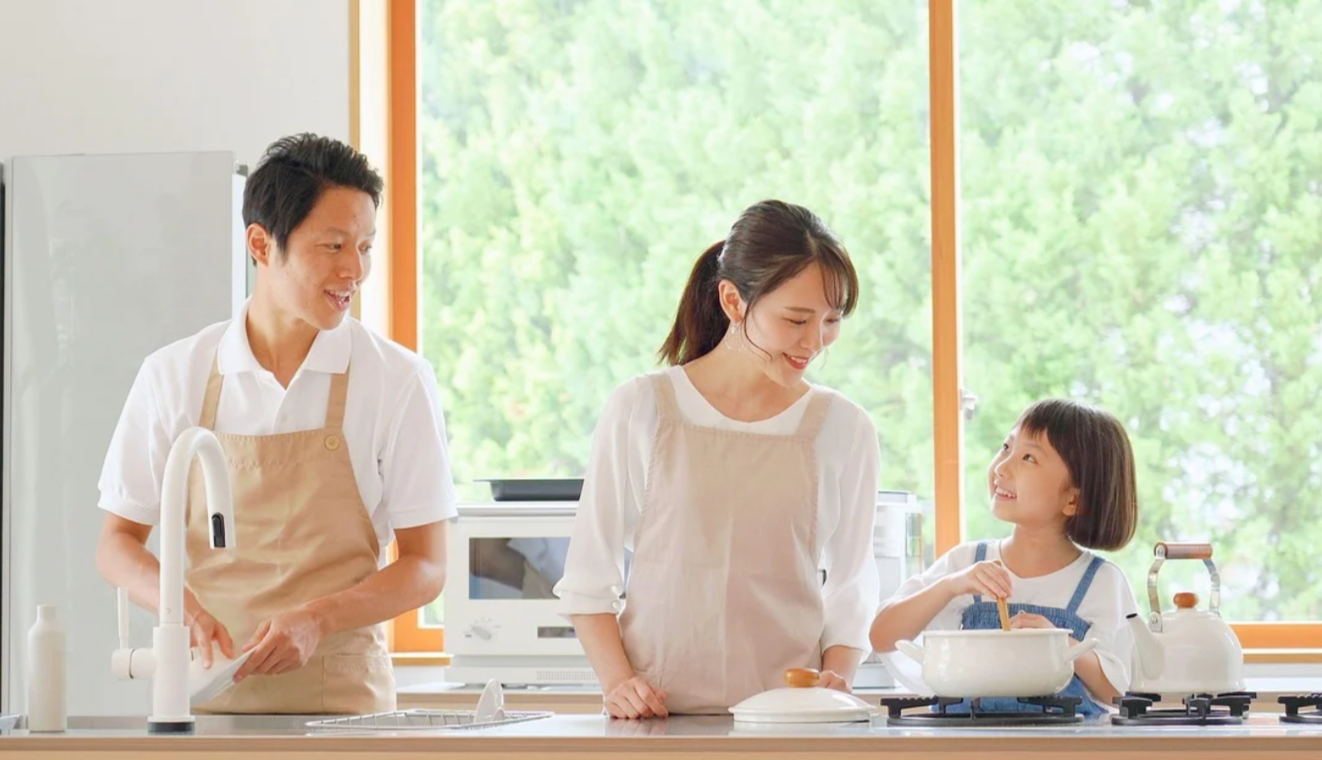Managing a website or an application often requires more than just a single server. A multi-server setup will improve performance, ensure high availability, and handle increased traffic. Understanding how to configure and manage multiple servers is crucial for a seamless experience.
Benefits of a Multi Server Setup
Improved Performance
A single server setup might not handle high traffic efficiently. By distributing the load across multiple servers, performance improves significantly. Each server will handle specific tasks, reducing the strain on any one server.
High Availability
Downtime will be costly. Multi server configurations ensure that if one server fails, other servers take over. The redundancy keeps your site or application running smoothly.
Scalability
As your business grows, so does the demand on your servers. Scaling up with additional servers is more cost effective than upgrading a single server. It allows for better resource management and flexibility.
Key Components of a Multi Server Configuration
Central Server and Other Servers
The central server coordinates the activities of other servers. It manages tasks and distributes the load. Other servers perform specific functions such as handling databases, web traffic, or applications.
Database Management
Using a MySQL database in a multi server setup requires careful planning. The database will be on a standalone server or replicated across multiple servers to improve access speed and reliability.
Load Balancing
A load balancer distributes incoming traffic across multiple servers. It prevents any single server from being overwhelmed, ensuring smooth and efficient operation.
Setting Up a Multi Server Environment
Planning Your Setup
Start by identifying the tasks each server will handle. Examples include web server, database server, and file storage server. Plan the network configuration to enable communication between servers.
Hardware and Software Requirements
Ensure that your hardware meets the demands of a multi server setup. Install necessary software on each server. Common software includes Apache for web servers and MySQL for database servers.
Configuring the Network
A robust network configuration is vital. Use a router to connect all servers and ensure they will communicate effectively. Assign static IP addresses to each server to avoid conflicts.
Step-by-Step Configuration
1. Installing Software
Install the required software on each server. Apache is a good choice for a web server, and MySQL is a good choice for databases. Ensure all software is installed correctly and updated to the latest versions.
2. Configuring Servers
Configure each server based on its role. For a database server, set up MySQL and configure it to communicate with other servers. For a web server, configure Apache to handle incoming traffic and connect to the database server.
3. Setting Up Load Balancing
Install a load balancer to distribute traffic. Configure it to monitor the health of servers and distribute the load evenly. This ensures that no single server is overwhelmed.
4. Monitoring and Maintenance
Regular monitoring of servers is essential. Use monitoring tools to monitor CPU usage, memory, and network traffic. Schedule regular maintenance to ensure servers are running efficiently.
Common Challenges and Solutions
Handling Data Synchronization
Keeping data synchronized across multiple servers will be challenging. Use replication techniques for databases to ensure all servers have the latest data.
Managing User Access
Assign specific roles and permissions to users. It prevents unauthorized access and ensures security. Use a central control system to manage user accounts and access levels.
Ensuring Security
Enable SSL for secure communication between servers. Regularly update software to patch security vulnerabilities. Use firewalls and intrusion detection systems to protect your servers.
Final Thoughts
Implementing a multi-server setup might seem complex, but the benefits far outweigh the challenges. With careful planning and execution, you will create a system that handles current demands and is ready for future growth.
Remember, the key to success lies in understanding your requirements, planning your configuration, and maintaining your servers effectively. Happy configuring!
Frequently Asked Questions
How do I add a second server to my existing setup?
To add a second server, ensure it is properly configured and connected to the network.
What are some examples of tasks that can be handled by the other three servers in a multi-server setup?
The other three servers will handle database management, file storage, and web traffic load-balancing tasks.
How do I ensure my multi-server setup is enabled for high availability?
Enable redundancy and failover configurations to ensure high availability in your multi-server setup.
How do I change the default location for server logs?
Change the default location for server logs by modifying the configuration files and specifying the new path.
Can I have servers in different physical locations connected and configured in a multi-server setup?
Yes, servers in different physical locations will be connected and configured to work together in a multi-server setup.









